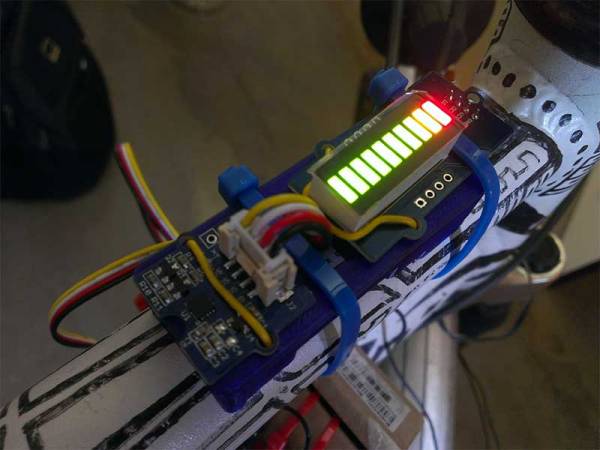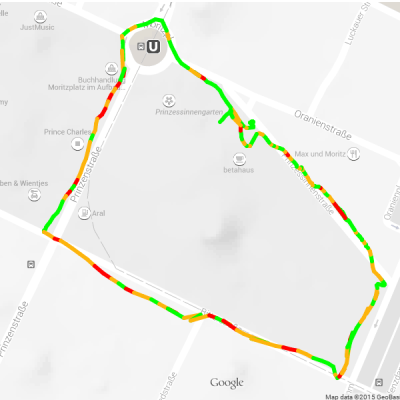Every year, more than 30,000 people are killed in motor vehicle accidents in the US, and many many more are injured. Humans, in general, aren’t great drivers. Until dependable self-driving cars make their way into garages and driveways across the country, there is still a great amount of work that can be done to improve the safety of automobiles, and the best hope on the horizon is Vehicle to Vehicle communications (V2V). We keep hearing this technology mentioned in news stories, but the underlying technology is almost never discussed. So I decided to take a look at what hardware we can expect in early V2V, and the features you can expect to see when your car begins to build a social network with the others around it.
Continue reading “V2V: A Safer Commute With Cars Sharing Status Updates”








 The project is currently on its third version, built around an Arduino,
The project is currently on its third version, built around an Arduino, 








